In this article, you’re going to learn the best ways to reheat beef brisket, to make the most of the inevitable leftovers when you cook such a large piece of meat.
How you store the meat and reheat it matters.
Reheated meat can lose its flavor, be dry, or even difficult to chew if done incorrectly — and it might feel as if you’ve wasted time and effort trying to restore them to their previous glory.
When brisket is cooked to perfection, nothing beats its tender and juicy flavors, it’s definitely worth the effort. But, if you have some leftovers, don’t waste all that time and effort it took for you to cook it to perfection.
Rule of thumb is: leftover brisket can stay good in the refrigerator for up to 4 days — or in the freezer for up to 3 months.
Keep in mind that if stored beyond this, the quality of the meat will diminish significantly. But seriously, who can wait three months before eating those leftovers?
If you’ve ever wondered how to preserve leftover brisket until you’re ready for the powerful flavor again, you’ve come to the right place.
We’ll share everything you need to know here, from how to store it correctly and then how to reheat it while keeping its quality high.
How to Freeze Your Brisket Correctly
The first step in preserving your brisket is to wrap and store it correctly — if incorrectly, it can affect the meat’s quality and flavor.
The two main things to look for are dehydration and oxygen — these will become your greatest enemies.
For you to beat them, you’ll need the right equipment: a vacuum sealer.
A vacuum sealer will effectively remove all oxygen around the meat while the tight plastic wrap will control evaporation. Additionally, it will prevent moisture from escaping while avoiding freezer burn.
Now, if you don’t have a vacuum sealer at hand, don’t fret! Everything you need to DIY a vacuum seal should already be right in your kitchen.
First of all, this works best for large pieces, not brisket slices. The less surface area there is, the less oxygenation, and the better the brisket will be reheated.
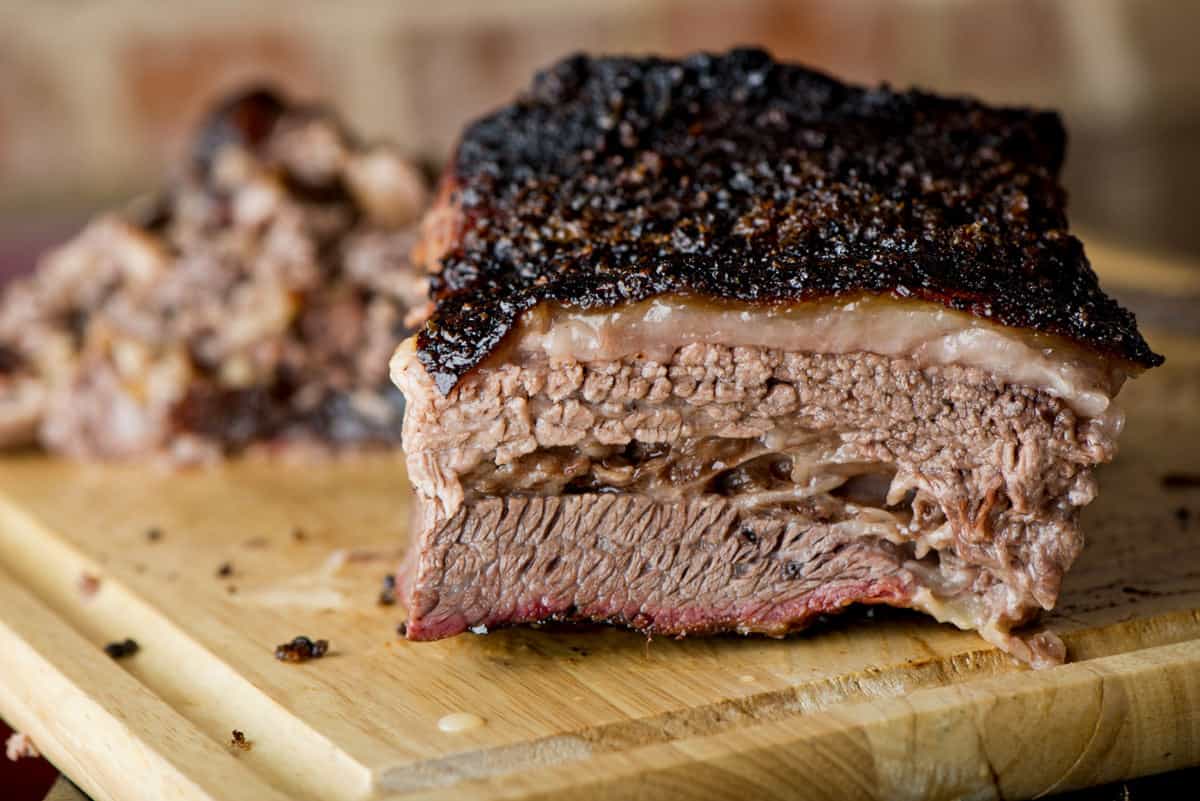
Begin by wrapping the meat as tightly as possible using clingfilm. Next, wrap the meat in aluminum foil to help keep the plastic in place. Place the meat in a sealable bag — the plastic wrap will prevent odors from ruining your meat while the aluminum will prevent freezer burn.
Are you freezing a whole brisket or slices? Brisket is preferably frozen whole, but if yours is already sliced, make sure you add some pan drippings and au jus and leave the broth jelly that’s stuck to the brisket.
These additions will help preserve the moisture in the sliced brisket as well as keep the meat tender when you thaw. Furthermore, you can use the juices to reheat the meat to prevent it from going dry and dull.
Use a resealable plastic bag to freeze your meat. You can add stock or gravy directly to the bag — spoon it in and squeeze the air out. A nifty hack is to insert a straw, seal the bag around the straw, then suck the air out — this creates a quick DIY vacuum seal.
Always mark your frozen bags with date and content — you don’t want to end up with a UFO — F is for frozen.
Make Sure to Thaw it Correctly!
Ah, the trusty old microwave is quick and convenient for reheating soups and pizza, but brisket? Not so much. Reheating brisket in the microwave will result in overcooked, dry shoe leather.
Some people might advise you to leave the brisket out at room temperature for hours or overnight to thaw. However, that’s very likely to result in food poisoning. Avoid this method and share this article with anyone who uses it.
The best way to thaw brisket is to move the meat from the freezer to the refrigerator — do this in advance. It will take about a day or two; however, it’s much safer. If you’re in a hurry, you can place it in a deep bowl under cold running water — it has to be in the bag and make sure the bag doesn’t leak.
You can try out the microwave, but, honestly, you’re better off throwing it away. Let’s avoid the “M” word — alright?
Let’s see what the USDA advises about thawing:
The USDA says that even though the center of the brisket might still be frozen as it sits on the countertop, the outer layer will enter the “danger zone.”
The danger zone refers to room temperatures — generally between 40 and 140 degrees Fahrenheit — when bacteria thrive and multiply rapidly.
Preserving juice from the cooked brisket will make reheating much easier — it can also help to bring back the flavor that might’ve been lost in the freezer. You can, of course, use other liquids as well.
According to this Livestrong article, you can also slice the brisket before you reheat it — it will reheat more quickly, and it’s easier to slice. Others believe it’s best to reheat your brisket whole and then slice — go with your gut on this one.
Best Ways to Reheat Your Brisket
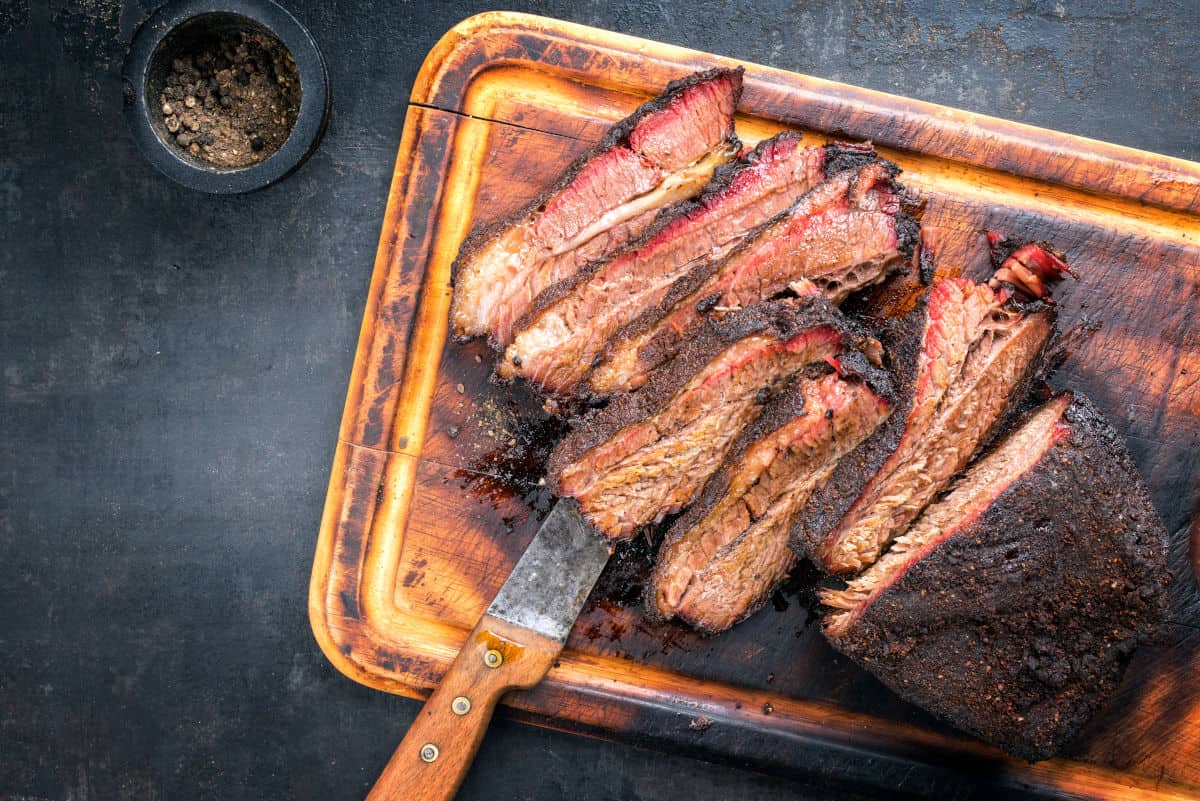
Here are the three best ways to reheat brisket, in order of preference when it comes to maintaining quality.
The Sous Vide Technique
If you have the right equipment, reheating brisket using the sous vide method is excellent.
In case you aren’t familiar with this method, it brings your brisket slowly up to temperature in a water bath that’s been preheated.
The meat is tightly wrapped in a sealed bag when placed in the water bath — it slowly heats until the meat’s internal temperature reaches the temperature of the water.
The wonderful thing about this method is that the meat won’t overcook or dry out. It will keep your brisket moist.
The water temperature should be set at around 65 degrees Celsius or 145 to 150 Fahrenheit, approximately the internal temperature you want to bring the brisket too. How long the brisket should be in the water depends on its thickness — it’s generally about an hour in the sous vide per inch of thickness.
Sous is the very best way to reheat brisket, will keep it incredibly moist and closest to how it was when first cooked. Use this method if you have it available.
Reheat it in the Oven.
To reheat your brisket in the oven…
Preheat your oven to 300 degrees Fahrenheit (148 degrees Celsius). If there’s any excess fat, use a sharp knife to trim it off before reheating — ideally, you’d trim your brisket prior to cooking. If you choose to slice the brisket, always do so against the grain or simply leave it whole.
Place your meat and any saved pan juices in a baking tray. Cover it with foil tightly and place the brisket in the oven.
It will take around 20 minutes if the meat is sliced, but it will require an hour if whole.
Using a meat thermometer, ensure it reaches 160 degrees Fahrenheit or more — then it’s ready to eat.
Reheating your brisket using saved juices will make it easier — if you don’t have leftover juices, you can use other liquids.
You can try boiling 2 cups of juice or apple cider until it’s reduced to about half. Add 2 tablespoons of barbecue sauce and give it a good stir.
Add the mixture to your brisket prior to reheating. This will not only help to keep the moisture in the meat while it’s reheating, but it will also create a flavorful sauce for you to enjoy.
In the Microwave
Okay, we agreed not to use the “M” word anymore, but I feel this is an important point to get across — there are only “cons” no “pros” when it comes to brisket and microwaves.
Microwave ovens turn water molecules into steam. The steam will not only dry out the meat but it will also make it tough. I find it a tragic waste of excellent brisket by destroying it in the microwave.
If you want to know how to reheat brisket in the microwave, the easiest method is not to do it!
No, really, if you want to know how to reheat brisket in the microwave, I suggest placing it in a bowl with a cling film wrap and a few spoons full of liquid, then pierce just a few small holes in the cling film.
Reheat it slowly at about half power for your microwave, and do not take it too hot! How long it takes will depend on the power of your microwave…you’re going to have to experiment with this one!
You are aiming for an internal temperature of minimum 145 Fahrenheit inside the meat. 150 F + to be sure it’s safe.
Side Dishes
Leftover brisket is delicious, but that doesn’t mean it should be enjoyed on its own, right?
As we’ve seen in the sections above, reheating brisket isn’t a two-minute job. Take advantage of the reheating time and make some of your favorite side dishes — can I suggest coleslaw, potato salad, biscuits, pickles, maybe even mac and cheese?
If you don’t feel like cooking a side dish, grab some from your grocery store. Sure, they’re not as good as home-cooked, but if you’re in a hurry or too lazy to cook, they’re not bad.
Conclusion
Next time you have leftover brisket, how about you try one of these techniques? Let me know how it turned out.
Freeze, defrost and reheat your brisket properly — do it right, and it will be as if it just got off the grill or out the smoker (almost). And yes, you can definitely store and reheat your brisket more than once!

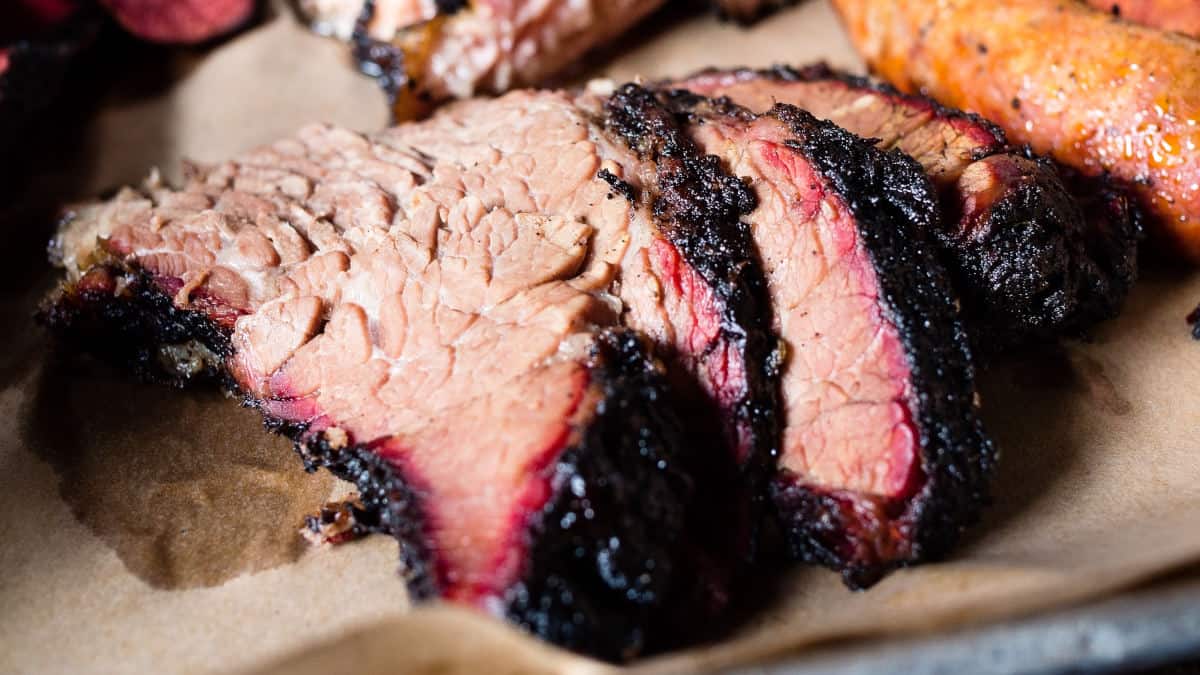
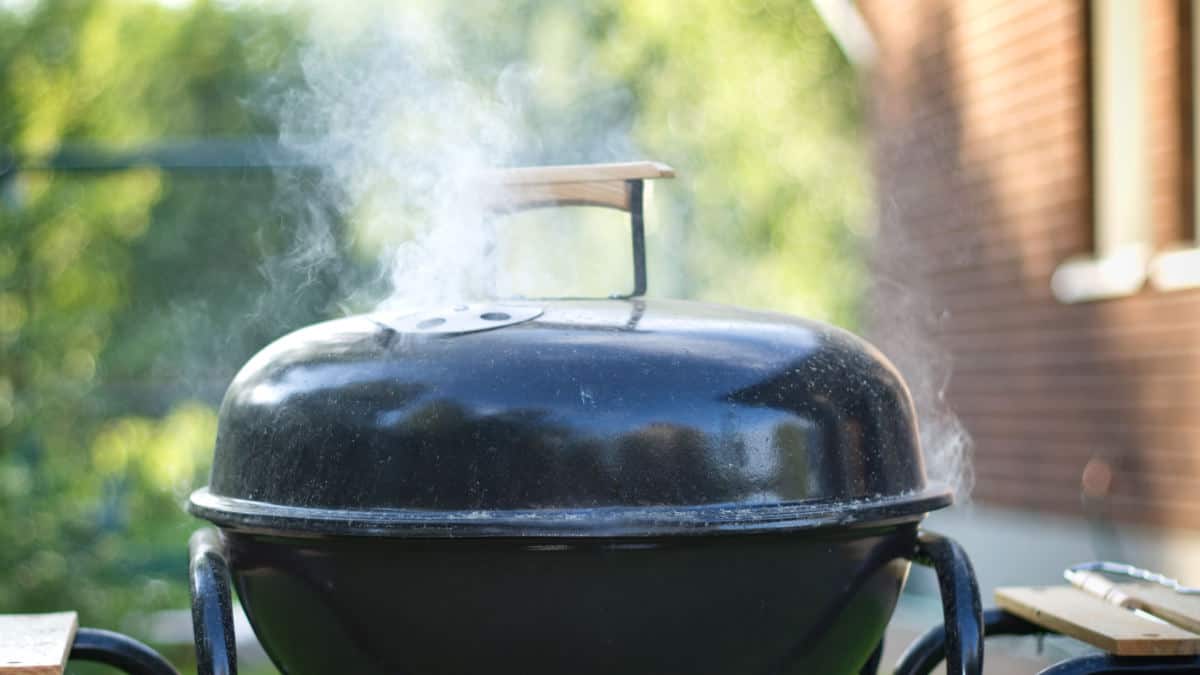
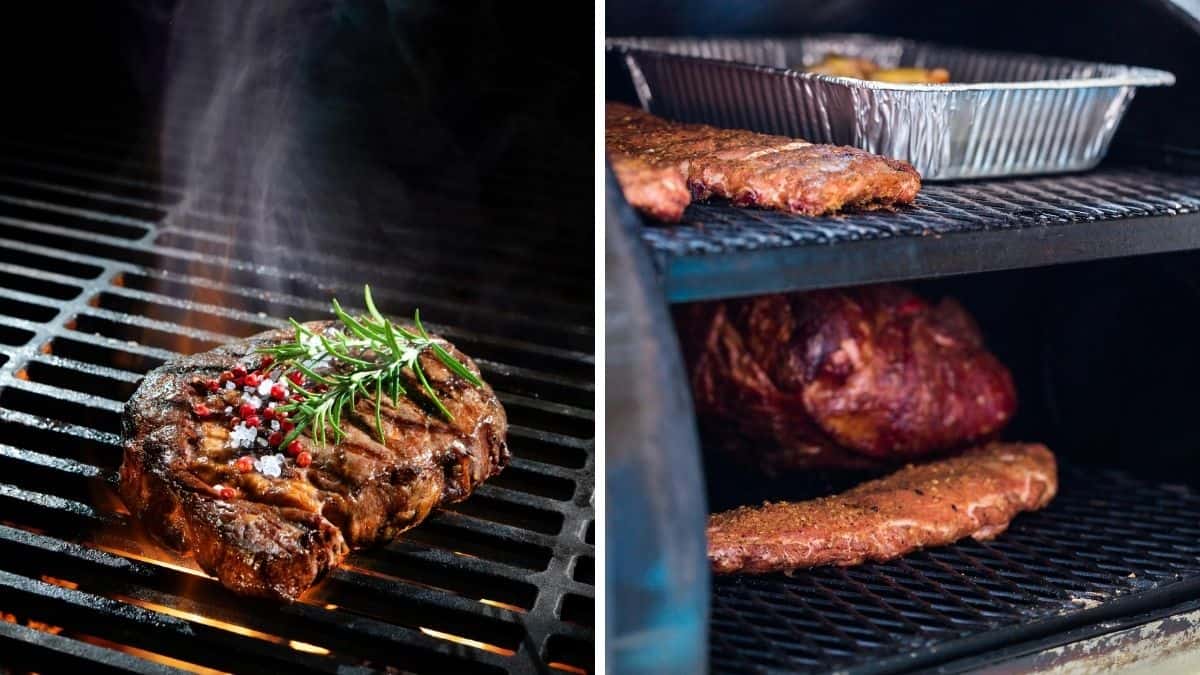
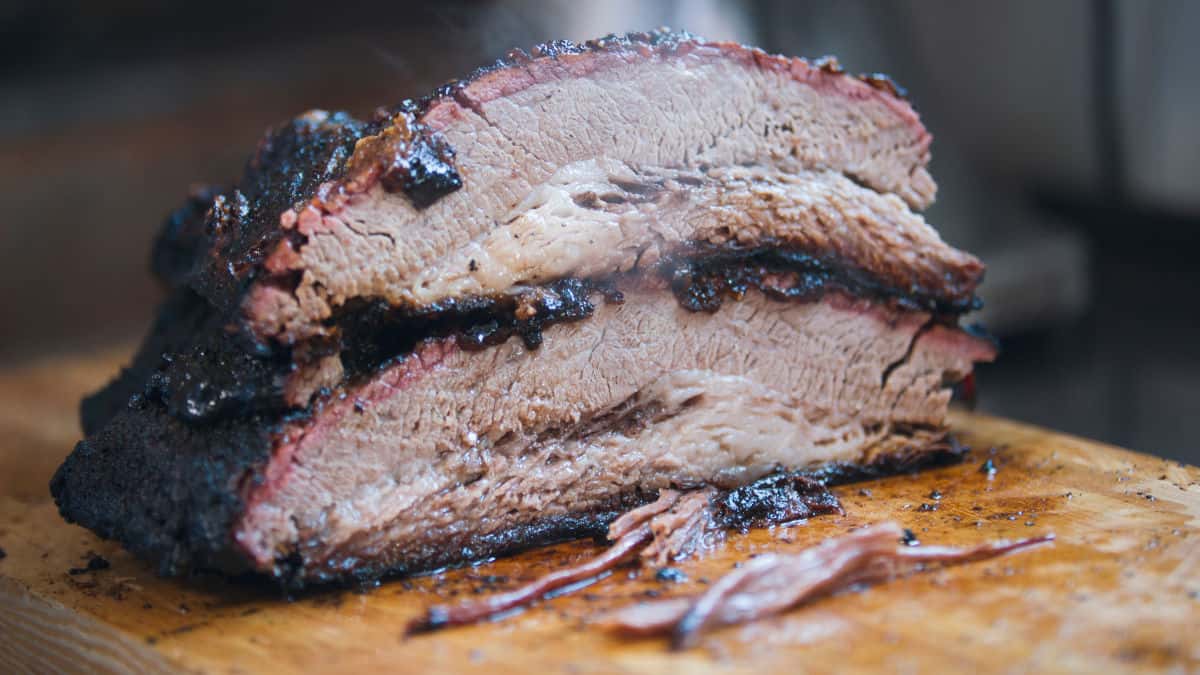
In the sous vide section you reference 65 degrees Fahrenheit. Do you mean 65 Celsius? 165 Fahrenheit? Thanks.
Thanks for spotting that! That should be 65C / 149F. The idea being to raise the internal temp up above the USDA safe temperature for meat and hold it there for some time. I will edit it to clarify now.
I’ve followed this technique and found it perfect. I bought pre-smoked brisket from Vics in Sydney Australia. The briskets were smoked for 12 hours and are Wagyu. The Sous vide reheating saw perfectly moist brisket. I agree with the guidance of 65°c and an hour of cooking per inch thickness of brisket. Thanks for the guidance.